Frequently asked questions

Social media falls in the brand awareness and consideration stage of the sales funnel. Social media platforms allow businesses to connect with their target audience and slowly but surely nudge them down the funnel with content and links to learn more.
As a general rule of thumb, companies should be publishing new blogs at least twice a month – blogs are key to keeping your website updated with the relevant and fresh information that search engines prefer.
Local SEO focuses on achieving results in location-based searches, for example, “restaurants in Jaipur”. These types of searches are becoming a lot more frequent and often result in a map being displayed in the search results. There are some very specific tactics that can be employed to affect performance in the location-based search results.
This is another tough question, as all projects are different and timescales may often be out of our control (for example, a client’s developer may have no time to work on our recommendations). Our stock answer is that within the first 60 days from the start of the projects, most, if not all, clients will have seen a noticeable improvement.
SEO and paid marketing both work best when they work in tandem. Having campaigns set up is a good way to see which works best for your business – and where you might need to tweak one or the other. It’s also important to remember that while advertising works more quickly, SEO helps build trust!
Most websites that you visit directly use first-party cookies to store information about how you use their website and to keep you logged in. E-commerce sites also use them to keep track of your cart. These are super useful for most small businesses.
Content creation involves generating topic ideas and creating written or visual content around those ideas in the form of a list, email, blog, video, infographic, or ebook. Content allows brands to provide useful information to their audience, which helps retain existing customers and attract new customers.
Inbound marketing attracts customers by providing relevant and valuable content through SEO, social media, blogs, videos, and emails. Inbound marketing attempts to build lasting relationships with consumers by offering products and services that will solve the user’s current problems. Rather than sending out messages to the general public, inbound marketing focuses on targeting users that are likely to be interested in your products and services.
Lead generation involves collecting potential customer information, including names, emails, addresses, and phone numbers. This information will then allow brands to contact users in order to boost interest in products and services, and ultimately, improve sales. Job applications, email subscriptions, events, and online content are all great sources for lead generation.
Absolutely. If you want people to see your content and you want Google to be more likely to index it, it needs to show up on social media. Share to any of your platforms that are appropriate for the type of content you’re sharing so people can comment on it and pass it onto others that may find it interesting!
When you first start implementing SEO strategies, you’re likely to notice that nothing changes for a few months. We generally recommend 3-6 months to look for any serious results. Google has about a BILLION websites to examine. Their bots are efficient, but it still takes a while to crawl that many sites and begin the process of indexing.
Third-party cookies are used by domains to collect information about you on other websites. They’re small data collectors that analyze the way that you’re using websites, what you’re searching for, and what your interests are.
READY TO WORK TOGETHER?
Contact Us
Get Marketed On Instagram
Copyright © 2024 Get Marketed. All Rights Reserved.
















